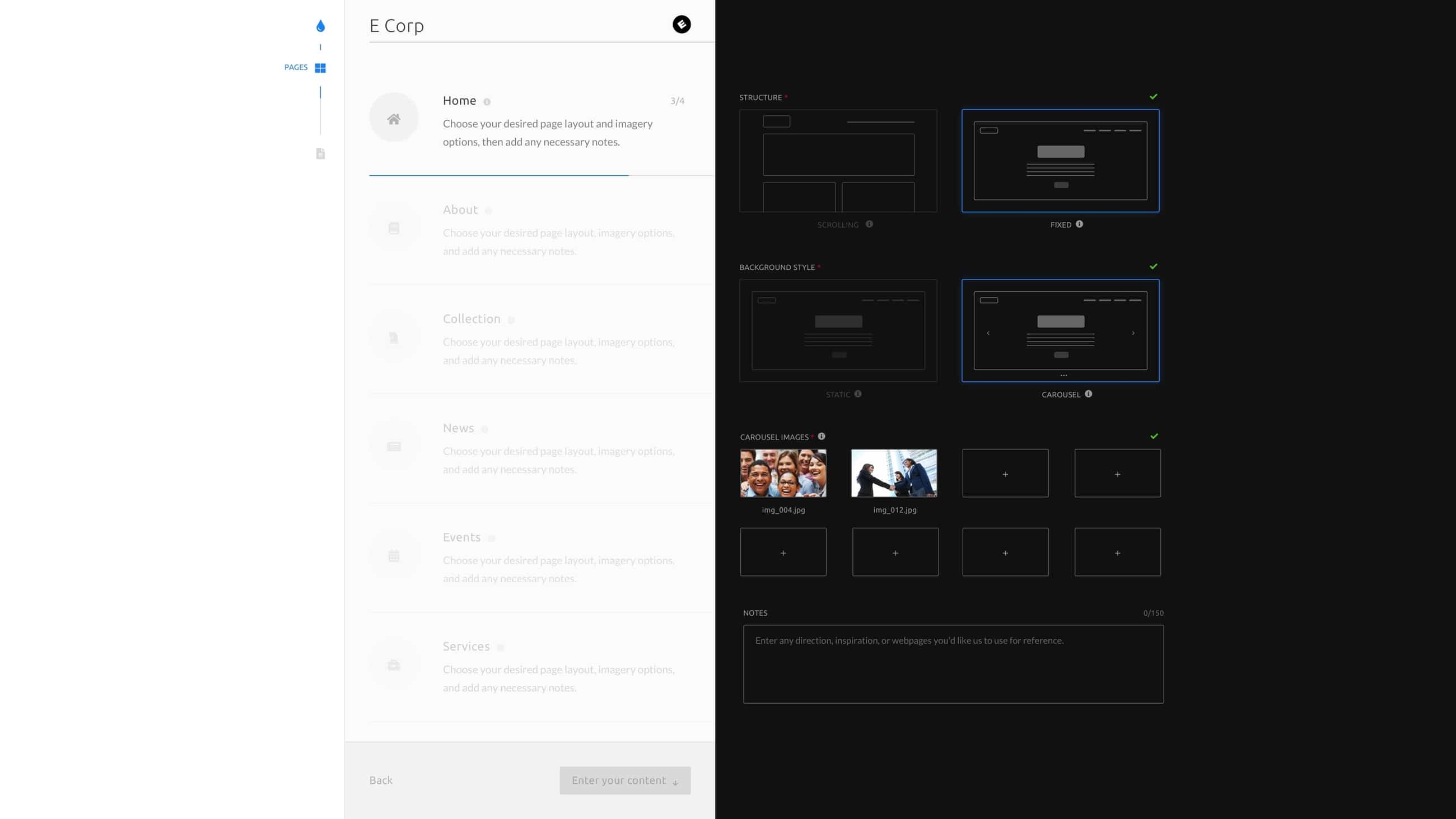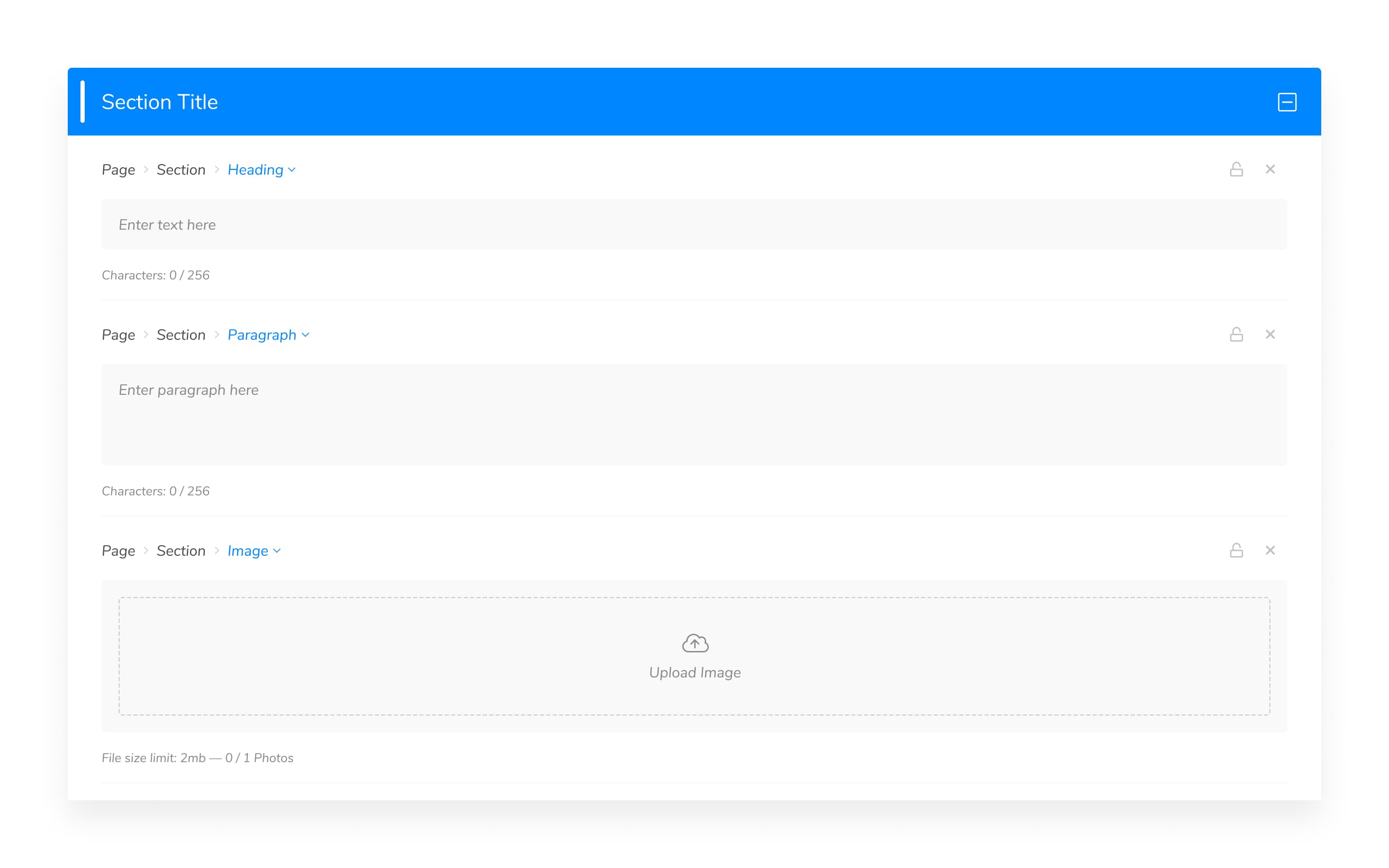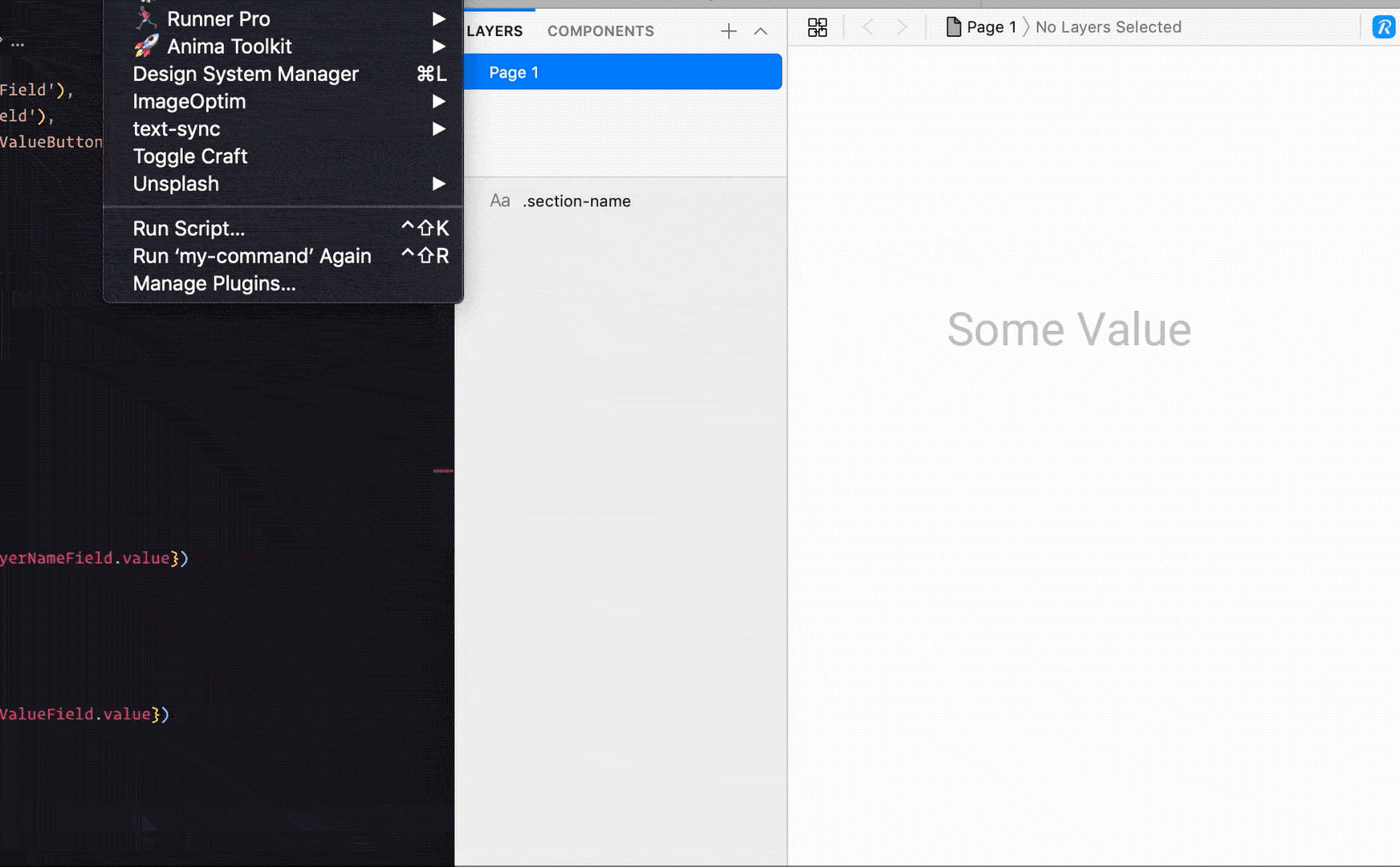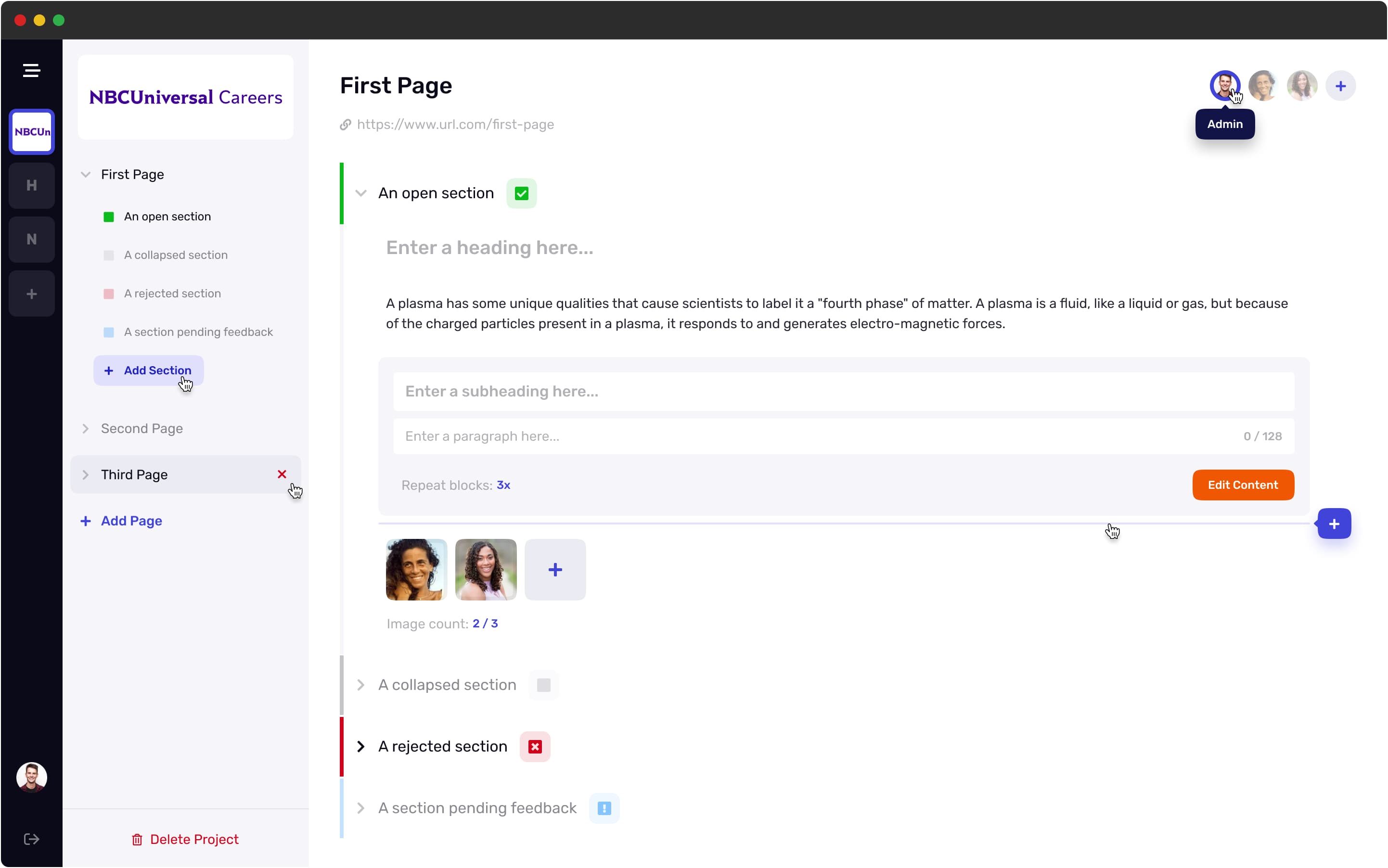CMS: Content Management Sucks
I used to work as a designer at a little agency in Arizona. There was a lot I loved about it: the fast pace, the tight team, wearing a lot of hats, getting to meet folks from industries I never would have otherwise. I have great memories from that time, but...
I also remember feeling a ton of frustration, and most of it centered on content. Getting it from clients. Getting it from copywriters. Making sure I had the latest version. Making sure it was approved by whoever needed to approve it (by the way, who was that for this project?). Was the content in an email? In GatherContent? In a Google Doc? On and on... and of course after all that I still had to paste it into Sketch one element at a time so I could update our mocks for client review.

Meanwhile, I was also doing this on nights and weekends as a co-founder at the first iteration of Popmelt, working on Arabian CMS. Things were a little more focused over there: we had single points of contact (Arabian horse marketing managers) giving us predictable content (home page, breeder history, and individual profiles for every horse in a given farm's collection). Still, the handoff and design-updating process was clunky and time-consuming.
If only some kind of tool existed to streamline the process... 💡
My business partner and I started talking through what that tool could look like in early 2018. We mocked out what was essentially a flashy intake form for the Arabian CMS projects we were taking on at the time and had the beginnings of a vision (codename Panel) ready by the summer.

Around this time we both got new day jobs and wound our Popmelt pipeline down to focus on career-building. Our little intake form went on the back burner. A year passed, we got oriented with our new teams, and... found ourselves dealing with many of the same content frustrations we'd run into before. Panel came off the back burner and we started ideating again.

Our stakeholders had changed, so an intake form for Arabian horse marketers wasn't going to work. Ideally, this tool would be flexible enough to fit any content handoff need a user could throw at it. Plus, while solving handoff alone would be great, manually pulling approved content into our design files was still an annoying bottleneck.
As work-smarter-not-harder designers, that last pain point really stuck out, so we started our brainstorming there. At that point (mid-2019), Sketch was still the design tool of choice so I dug into the very poorly documented Sketch plugin API to see if there was any way we could programmatically pump content right into our artboards...

There was! We spent the next couple months prototyping the core content authoring and management experience. Then I spent ~6 months teaching myself React + Firebase and building out the vision we'd defined so far. Oh, and we ditched Sketch for Figma, so I rebuilt the content-sync plugin there.
Our design process from that time on was fast and experimental. We talked through an idea, mocked it out in Figma together if it had a lot of surface area, and then I built a quick prototype so we could test it. Since we were a tiny team and I could tackle UX via design and dev, a lot of the focused iteration happened directly in code, with me prototyping UI enhancements in Chrome Dev Tools and tweaking interactions in VS Code.
The first time we got on a Zoom call in separate apartments, edited some content together (with different roles and permissions), and then synced it into a live Figma project with a single click was magical. There was plenty we wanted to improve, but the feeling was undeniable: there was something good here.
That first test happened at the end of 2020, we facelifted the UI in early 2021, and... once again shifted our focus back to our day jobs. Building is fun, launching is hard, etc, but while Panel never made it to market, it remains one of my favorite side projects. I stretched my skills as a builder well beyond anything I'd done before and the possibilities on the other side felt endless.
Plus, who knows? Life is long and Panel's day may still come...
